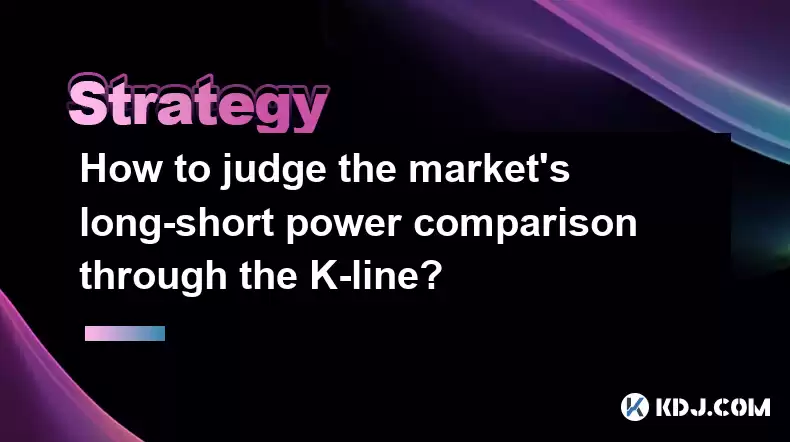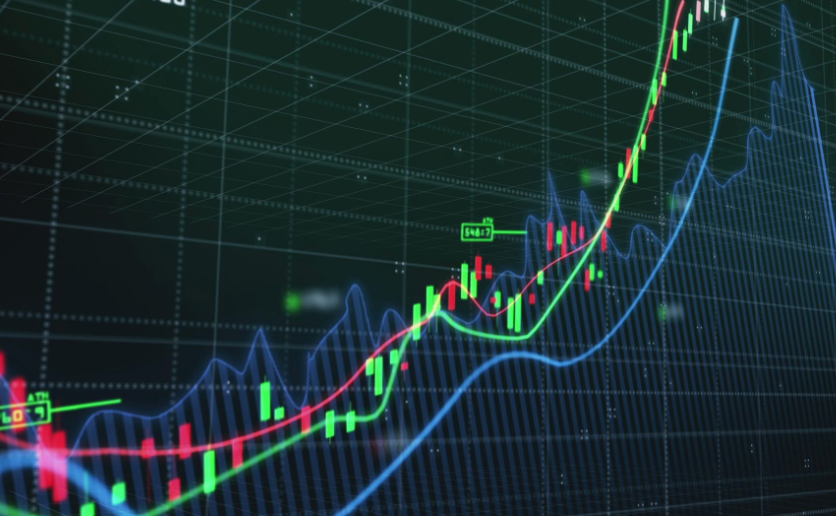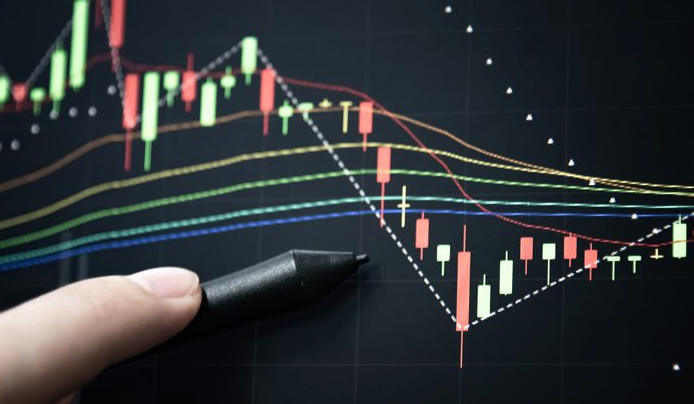-
 Bitcoin
Bitcoin $117500
2.15% -
 Ethereum
Ethereum $3911
6.19% -
 XRP
XRP $3.316
10.79% -
 Tether USDt
Tether USDt $1.000
0.01% -
 BNB
BNB $787.2
2.24% -
 Solana
Solana $175.2
4.15% -
 USDC
USDC $0.9999
0.00% -
 Dogecoin
Dogecoin $0.2225
8.40% -
 TRON
TRON $0.3383
0.28% -
 Cardano
Cardano $0.7868
6.02% -
 Stellar
Stellar $0.4382
9.34% -
 Hyperliquid
Hyperliquid $40.92
7.56% -
 Sui
Sui $3.764
7.63% -
 Chainlink
Chainlink $18.48
10.66% -
 Bitcoin Cash
Bitcoin Cash $582.1
1.88% -
 Hedera
Hedera $0.2601
6.30% -
 Avalanche
Avalanche $23.33
4.94% -
 Ethena USDe
Ethena USDe $1.001
0.02% -
 Litecoin
Litecoin $122.3
2.04% -
 UNUS SED LEO
UNUS SED LEO $8.969
-0.27% -
 Toncoin
Toncoin $3.339
0.86% -
 Shiba Inu
Shiba Inu $0.00001287
4.30% -
 Uniswap
Uniswap $10.43
7.38% -
 Polkadot
Polkadot $3.861
5.08% -
 Dai
Dai $1.000
0.02% -
 Bitget Token
Bitget Token $4.513
3.41% -
 Monero
Monero $267.7
-6.18% -
 Cronos
Cronos $0.1499
4.14% -
 Pepe
Pepe $0.00001110
5.15% -
 Aave
Aave $284.9
8.28%
How to judge the market's long-short power comparison through the K-line?
The K-line chart shows the market's long-short power comparison through the opening price, closing price, highest price and lowest price. The entity size and upper and lower shadows reflect the strength of long-shorts, and the combination of K-line and trading volume helps judge the trend.
Apr 03, 2025 at 02:39 pm

Judging the market's long-short power comparison through the K-line is an important skill in technical analysis. The K-line chart can not only show price changes, but also reflect the emotions and power comparison of market participants. This article will introduce in detail how to judge the market's long-short power comparison through K-lines.
The basic structure of K-line
The K-line consists of four price points: opening price, closing price, highest price and lowest price. According to the relationship between the closing price and the opening price, the K-line can be divided into positive and negative lines. A positive line indicates that the closing price is higher than the opening price, which usually means that the bulls have the advantage ; a negative line indicates that the closing price is lower than the opening price, which usually means that the bears have the advantage . The physical part of the K-line reflects the gap between the opening and closing prices, while the upper and lower shadows reflect the range of price fluctuations.
Entity size and long and short power
The entity size of the K-line can reflect the strength of long and short forces. A larger positive line of entity indicates strong bullish forces and strong market bullish sentiment ; a larger negative line of entity indicates strong bearish forces and strong market bearish sentiment . On the contrary, the smaller K-line of the entity indicates that the long and short forces are relatively balanced and the market is in a state of indecision . By observing the entity size of the K-line, investors can initially judge the market's long-short power comparison.

The meaning of upper and lower shadows
The upper and lower shadows are also important indicators for judging the strength of long and short. The K-line with a longer upper shadow line indicates that the bulls encountered strong selling pressure at the high level , and the short-line with a longer lower shadow line indicates that the bears encountered strong buying at the low level, and the long-term with a longer lower shadow line indicates that the bears encountered strong buying at the low level, and the long-term with a longer low level, and the long-term with a higher shadow line indicates that the bears encountered strong buying at the low level, and the long-term with a higher pressure began to fight back . If the K-line has no shadow or the shadow is very short, it usually means that the long-short forces have an absolute advantage and the market trend is relatively clear.
Analysis of combination K-lines
A single K-line can only provide limited information, while a combined K-line can more comprehensively reflect the market's long-short power comparison. Common combination K-lines include engulfing form, pregnancy line form and cross star form . The engulfing pattern consists of two K-lines, and the entity of the latter K-line completely covers the entity of the previous K-line. If the positive line swallows the negative line, it usually means that the bull's power reversal; if the negative line swallows the positive line, it means that the bear's power reversal. The pregnancy line pattern consists of a large solid K-line and a small solid K-line, which usually means that the market is about to reverse. The cross-star pattern indicates that the market's long-short forces are in a equilibrium state, which is usually a precursor to a trend reversal.
Trend judgment of continuous K-line
By observing the continuous K-line, the market's long-short power comparison can be more accurately judged. Continuous positive lines indicate that bulls continue to dominate and the market is in an upward trend ; continuous negative lines indicate that bears continue to dominate and the market is in a downward trend . If the K-line shows a significant upward or downward channel, investors can judge the comparison between the market trend and the long-short forces based on this. In addition, the arrangement of K-lines can also provide important information . For example, if the low point of the K-line continues to rise, it means that the bulls are gradually increasing ; if the high point of the K-line continues to fall, it means that the bears are gradually increasing .

Combined with trading volume analysis
Trading volume is another important indicator for judging the balance of long and short forces. In an upward trend, if the trading volume increases with the price increase, it indicates that the bulls are strong and the market is bullish ; if the trading volume decreases with the price increase, it indicates that the bulls are beginning to weaken and the market may be about to reverse . In a downward trend, if the trading volume increases with the price drop, it indicates that the shorts are strong and the market bearish sentiment is strong ; if the trading volume decreases with the price drop, it indicates that the shorts are beginning to weaken and the market may be about to reverse . By combining the K-line and trading volume, investors can more comprehensively judge the market's long-short power comparison.
Practical case analysis
In order to better understand how to judge the market's long-short power comparison through the K-line, let's take a look at a specific case. Suppose a cryptocurrency has the following K-line combination in a certain period of time:
The first K-line : a large positive line with a physical body, indicating that the bulls are strong and the market is strong bullish.
The second K-line : a positive line with a long upper shadow line, indicating that the bulls encountered strong selling pressure at the high level, and the bear forces began to fight back.
The third K-line : a small negative line, indicating that the long-short forces are relatively balanced and the market is in a state of hesitation.
The fourth K-line : a large negative line with a physical body, indicating that the bearish force is strong and the market is strong bearish sentiment.
By analyzing the combination of these four K-lines, we can judge that the market's long-short power comparison has undergone a transformation from long-short dominance to short-short dominance. Combined with the trading volume analysis, if the trading volume increases significantly during the third K-line and the fourth K-line, the strengthening of short power is further confirmed.
Disclaimer:info@kdj.com
The information provided is not trading advice. kdj.com does not assume any responsibility for any investments made based on the information provided in this article. Cryptocurrencies are highly volatile and it is highly recommended that you invest with caution after thorough research!
If you believe that the content used on this website infringes your copyright, please contact us immediately (info@kdj.com) and we will delete it promptly.
- Tron's Sell-Off Spurs Altcoin Shift: What's Next for TRX?
- 2025-08-08 08:30:12
- RUVI Presale: Is the Growth Potential Real?
- 2025-08-08 09:10:12
- Sleep Token's US Takeover: Thornhill Rides the 'Even In Arcadia' Wave
- 2025-08-08 08:30:12
- FTT Token's Wild Ride: Creditor Repayments vs. Market Drop - A New Yorker's Take
- 2025-08-08 07:10:12
- Floki Crypto Price Prediction: Riding the Robinhood Rocket or Just a Meme?
- 2025-08-08 07:15:12
- EigenLayer, Restaking, and Ethereum: Navigating the Hype and the Hazards
- 2025-08-08 06:30:12
Related knowledge

How to read cryptocurrency charts and use technical analysis?
Aug 08,2025 at 11:08am
Understanding the Basics of Cryptocurrency ChartsCryptocurrency charts are graphical representations of price movements over time. These charts are es...

How to avoid common crypto investment mistakes?
Jul 13,2025 at 01:35am
Understanding the Risks of Crypto InvestmentInvesting in cryptocurrency can be highly rewarding, but it also comes with significant risks. One of the ...

What is a long-short crypto strategy?
Jul 15,2025 at 10:56am
Understanding the Basics of a Long-Short Crypto StrategyA long-short crypto strategy is an investment approach where traders simultaneously take long ...

What is a long-short crypto strategy?
Jul 11,2025 at 01:28pm
Understanding the Basics of Long-Short Crypto StrategyA long-short crypto strategy is an investment approach where traders take both long and short po...

How to use the RSI indicator for crypto?
Jul 12,2025 at 03:56pm
Understanding the RSI Indicator in Cryptocurrency TradingThe Relative Strength Index (RSI) is a momentum oscillator used to measure the speed and chan...

Is copy trading a good strategy for crypto beginners?
Jul 12,2025 at 08:28am
Understanding Copy Trading in the Cryptocurrency MarketCopy trading is a strategy where novice traders replicate the trades of experienced investors a...

How to read cryptocurrency charts and use technical analysis?
Aug 08,2025 at 11:08am
Understanding the Basics of Cryptocurrency ChartsCryptocurrency charts are graphical representations of price movements over time. These charts are es...

How to avoid common crypto investment mistakes?
Jul 13,2025 at 01:35am
Understanding the Risks of Crypto InvestmentInvesting in cryptocurrency can be highly rewarding, but it also comes with significant risks. One of the ...

What is a long-short crypto strategy?
Jul 15,2025 at 10:56am
Understanding the Basics of a Long-Short Crypto StrategyA long-short crypto strategy is an investment approach where traders simultaneously take long ...

What is a long-short crypto strategy?
Jul 11,2025 at 01:28pm
Understanding the Basics of Long-Short Crypto StrategyA long-short crypto strategy is an investment approach where traders take both long and short po...

How to use the RSI indicator for crypto?
Jul 12,2025 at 03:56pm
Understanding the RSI Indicator in Cryptocurrency TradingThe Relative Strength Index (RSI) is a momentum oscillator used to measure the speed and chan...

Is copy trading a good strategy for crypto beginners?
Jul 12,2025 at 08:28am
Understanding Copy Trading in the Cryptocurrency MarketCopy trading is a strategy where novice traders replicate the trades of experienced investors a...
See all articles

























































































